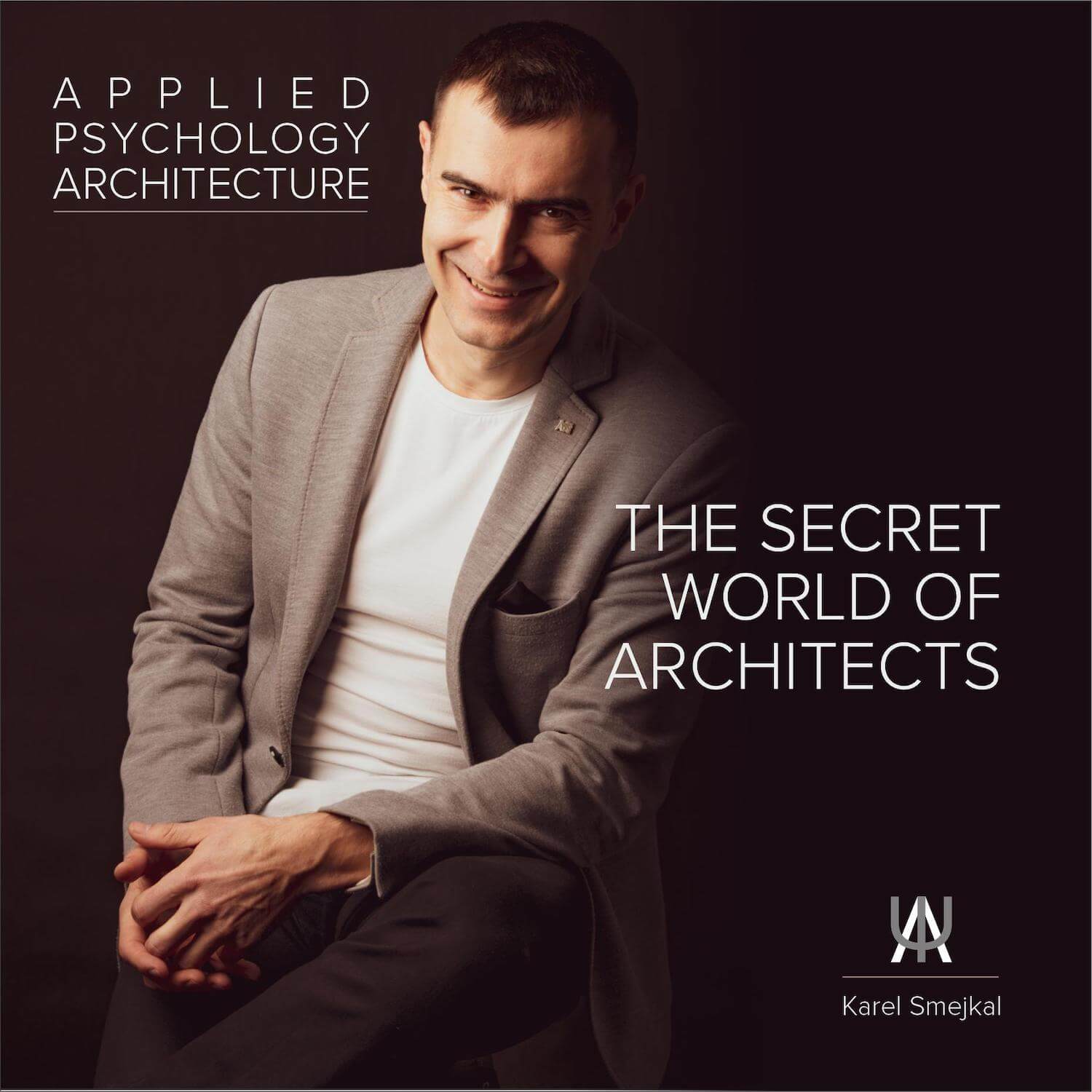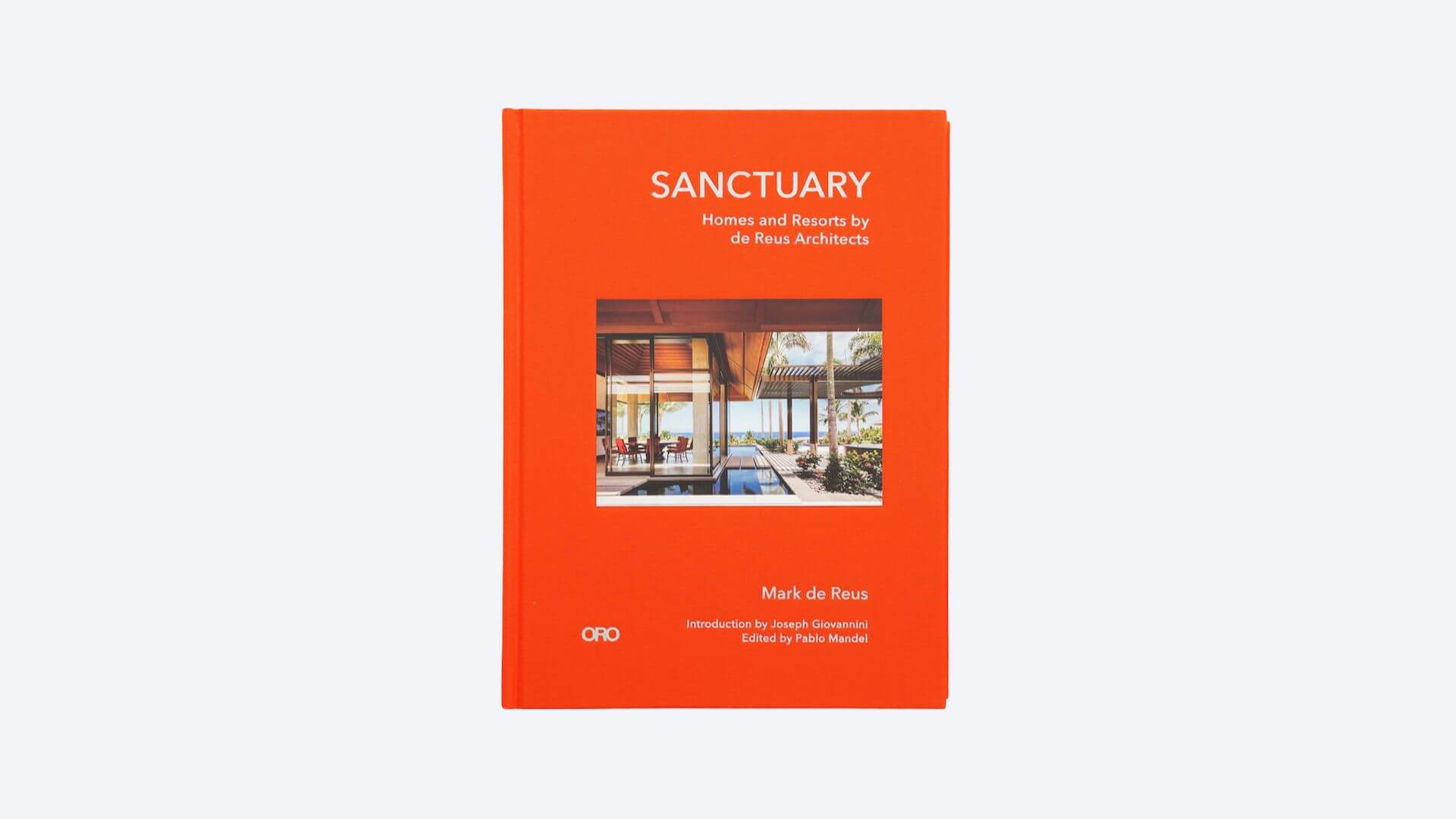The first book on the psychology of architecture
During ten years, the author met architects from more than 140 countries, but there was not one among them who could answer the question of what is the psychology of architecture. So he decided to return to university, assemble a research team in Applied Psychology of Architecture, and define and establish the entire discipline for the architectural community. This book is the first answer to the the above question. It is also the first book to summarize three years of research on the psychology of architecture. Architects create our artificial environment. They should therefore know those for whom they create it. And they should also know themselves.
Karel Smejkal is a writer, architect, university teacher, doctor of science and head of research in the psychology of buildings at the Department of Architecture of the Czech Technical University in Prague. He is also a board member / Eastern Europe Director 2022 / American Institute of Architects, Continental Europe, founder of Applied Psychology of Architecture, founder and chairman of Czech Deco Team and co-founder (with Václav Havel and Bořek Šípek) and president of INSPIRELI AWARDS, the world’s largest student architectural competition.

Preface
If you opened this book, it was probably because of the title. You may work for a contracting company where you meet architects now and then. Or you are a sales representative, and your daily bread is to communicate with architects and offer your products. Or you may be an investor looking for the right architect, or you are a teacher, a student, or even an architect. Or perhaps you are just intrigued by the subject matter of the book. Whoever you are, you opened this book for the same reason I once approached the Russian psychologist Oleg Nikolayevich Mazurov as he was sitting against the gym wall watching us. That reason was curiosity. A force that at the time inspired me in a direction I had not yet even contemplated before. Back then, I was just an architecture student who had ambitions similar to those of my classmates. I wanted to build, create, and conquer the world. My curiosity, however, eventually led me to other goals. I stopped being interested in buildings and houses, and I stopped wanting to build magnificent monuments to my creativity. I stopped wanting to be an architect to eventually become an observer, admirer, caregiver, teacher, and founder of Applied Psychology of Architecture.
It has been almost exactly four years since I decided to re-immerse myself in the mysteries of psychology and translate my experience and knowledge from the two disciplines – psychology and architecture – into an applied course that draws from both disciplines and enriches those who pursue their missions in these two fields. This book is not the first one I have written in my life, but it is the first that aims to impart some knowledge. Therefore, I decided to adapt its content to a form that appealed to me when I began to learn what applied psychology was and how it could benefit those ready to listen. At the same time, my teacher, psychologist Oleg Nikolayevich Mazurov, completed his work on the doctrine of Existology, parts of which meaningfully permeate this book and from which all our definitions have been derived.
This book is thus not, as I firmly hope, just a boring summary of a new subject, but rather a personal narrative of my journey to understand the background of the world of us, architects, from a perspective that should not remain hidden from us, creators – the perspective of psychology.
So, I invite you, dear reader, to this path of knowledge that has opened before me. Because, as you will soon see, inspiration is the force that is the true architect of our cities and lives, and this book shows one of the ways to grasp this force for the benefit of us all.
Author






